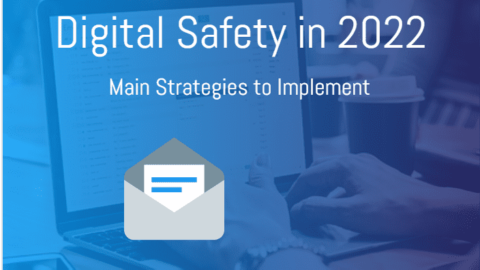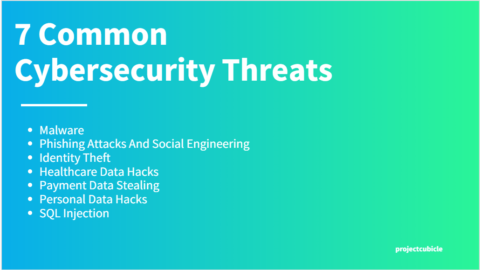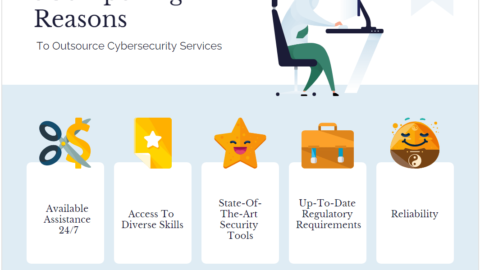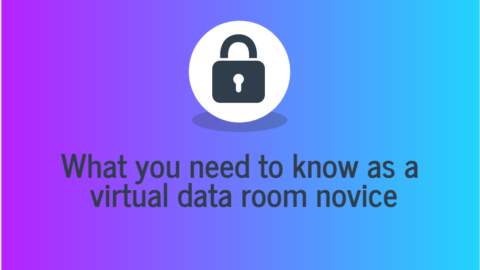What Is The Role Of Cybersecurity In Processing High-End Payments
Cybersecurity plays a vital role in processing payments. The global COVID-19 pandemic has accelerated the use of digital technologies and payment channels for high-end industries. At the same time, this has led to a growth in cyberattacks. Luckily, industries focused on high-end customers want to deliver only the best service possible, including a high level of security. Today we’ll talk about how these companies process their payments, and how cryptocurrency can be effectively used to create a robust and secure payment system.
Table of Contents
State-of-the-art crypto security measures
Cryptocurrencies are quickly becoming the standard, and high-end clients often want to pay for services with crypto. Today people can book a private jet charter with crypto, invest in assets, and even buy jewelry. Although cryptocurrencies give users more privacy and anonymity, vendors must tackle specific security concerns.
1. Private key generation
Private keys are used for crypto payments, to prove the ownership of an address or sign transactions. Large numbers are generated randomly and given to rightful owners. These keys help users authorize any financial transaction.
Most payment services add mandatory private keys or include isolated key generation for payments to ensure real users are spending their money.
2. Secure key storage
Keys are stored both digitally and physically to ensure the role of cybersecurity. They are also encrypted to ensure nobody can access them and share them secretly. Secure payment processors also generate backup keys and store these as well.
3. Secure practices for key and wallet use
Maintaining a secure wallet and key usage is critical for overall safety for the role of cybersecurity. Payment processors use secure practices like generating new addresses for each transaction, setting mandatory signatures for wallet spending, checking backgrounds and identifications of key holders, and storing authority keys at multiple locations.
Strong data encryption methods

One of the common issues with online payments is the sensitive data that is open to interception. That’s why companies and payment processors need to set data encryption in place, to ensure noone can steal sensitive payment data.
The two most commonly used encryptions for payments are SSL and TLS.
SSL is short for Secure Sockets Layer, and this protocol authenticates, secures, and encrypts online communications. TLS is short for Transport Layer Security, a new protocol that is supposed to replace SSL.
There’s an ongoing battle between SSL vs TLS and which is better, but both offer robust security. They start secure communications with a “handshake,” as two parties connect while exchanging a public key. During communication, parties create keys that encrypt and decrypt the information in the exchange process.
Then, these protocols ensure that the parties communicating are who they claim to be, and that the data sent isn’t changed in any way.
Payment tokenization is one of the most secure systems for payments considering the role of cybersecurity. This process includes swapping sensitive data with a token that is basically useless data. These payment tokens are a group of unique numbers that act as a secure identifier.
They replace the card’s PAN in real-time, used in payment environments or predefined domains. Simply put, tokenized payments use tokens during transactions. They don’t transmit PAN during the transaction, making it more secure.
However, tokenization can replace all payment information, including cardholder information and card numbers. When a customer makes a payment, the data is tokenized by a token service and sent to the bank.
The bank uses the token to request authorization from the card company used for the payment. The bank holds the information in a secure vault, and the transaction is verified and completed when the token is supplied. Tokenization offers many advantages to customers and companies, making transactions secure and reliable.
3D Secure protocol and the role of cybersecurity practices
The 3D Secure protocol is a payment card authentication mechanism and has important role for cybersecurity in payments. 3D Secure asks all payers to validate their transactions with a PIN code when active. This infrastructure connects and acts as a secure gateway between the cardholder, the payment receiver, and the 3DS platform.
When a customer makes a payment, they are redirected to an additional page where they must enter a PIN or a password. At the same time, the bank generates a unique, randomized PIN, and sends it to the payer via email or SMS.
With this PIN, users can complete the transaction safely. All major card providers have used the 3D Secure protocol for decades, and the latest version, “EMV 3DS,” increases authorization and improves security. Payment providers manage authentication flows and apply adequate exemptions to low-risk, low-value, and recurring payments.
Ongoing assessment by experts
Thousands of companies worldwide suffer from online attacks. Some of the largest companies have suffered terrible breaches, and that’s why it’s no longer enough for organizations to handle their security systems internally.
Offering secure online payments is an ongoing process that requires constant work. Cybersecurity keeps changing as new attacks emerge, system vulnerabilities are discovered, and new technologies are introduced.
Organizations hire cybersecurity experts that can assess their systems by:
- Finding system vulnerabilities
- Improving employee awareness
- Creating cybersecurity strategies
- Checking compliances
- Providing complete cybersecurity reports.
Serious companies perform regular cybersecurity assessments to protect their business, employees, and customers. Automation has allowed companies to provide a smooth experience to their customers, but this means more digital processes and more opportunities for data leaks, and that’s why cybersecurity experts are more in demand than ever.
Conclusion on the role of cybersecurity in payments
As a customer, you should be looking for businesses that invest in cybersecurity because this reflects back to your online security — and protects your assets. At the same time, you need to protect your information as a payer, and use safe payment methods like voice payments, ACH payments, credit cards, and crypto-wallets.
Avoid sharing sensitive information with anyone, and choose reputable vendors with a spotless track record.

Magdalena Polka is a Business Solution Designer and an Information Technology / Project Management consultant and author with over 15 years of software development, management and project management experience.










